
Puma Things Guyana
Puma diet in South America. In South America, this species is much more widespread. This is why several subspecies have been recognized (as we explained earlier) all of which are synonymous with the subspecies Puma concolor concolor: Northern South American cougar, Puma concolor concolor. Eastern South American cougar, Puma concolor anthony.

Beautiful male puma in South America
The name "puma" also got its start in South America, where it remains the most commonly used name for the cougar. "Puma" means "powerful animal" in the Peruvian language Quechua. In fact, the scientific name of the cougar is Puma Concolor, a name that combines the Peruvian word with a Latin word meaning "of one color."

ANI10500124 Joel Sartore
Description. The mountain lion—also known as the cougar, puma, panther, or catamount—is a large cat species native to the Americas. Mountain lions are large, tan cats. Their bodies are mainly covered in tawny-beige fur, except for the whitish-gray belly and chest. Black markings decorate the tip of the tail, ears, and around the snout.
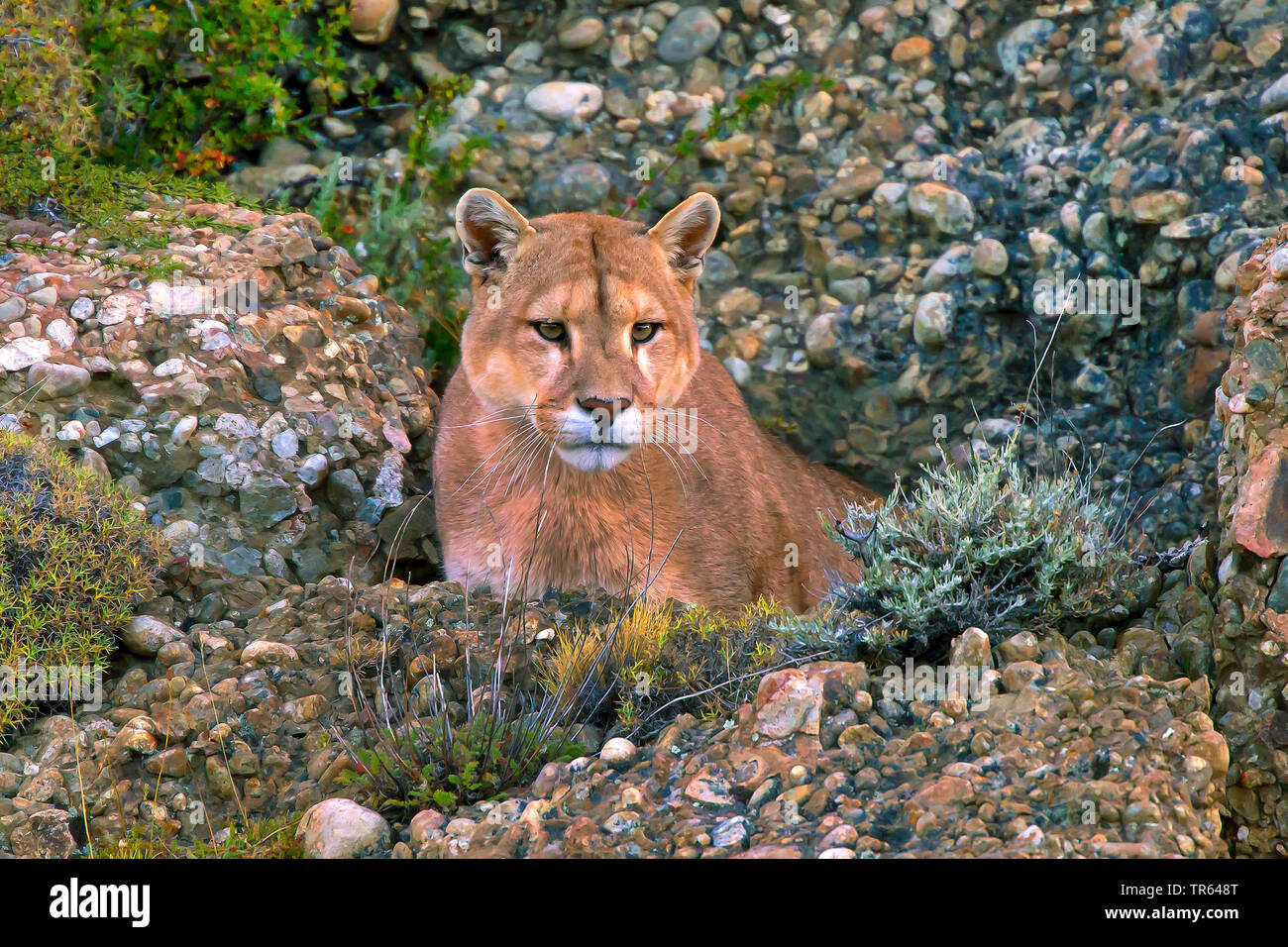
Southern south hires stock photography and images Alamy
pumas in south america 16 May 2017 Pumas in Patagonia posted in: Cats in the wild, Cats of South America | 2 By Sebastian Kennerknecht Mountain Lion (Puma concolor) female in front of mountains, Torres Del Paine, Torres del Paine National Park, Patagonia, Chile Until recently, it was virtually impossible to reliably see and photograph a wild puma.

South American cougar (Puma concolor concolor)
The puma (as it is called in Spanish) inhabits every mainland country in Central and South America, making it the most widely distributed large, wild, terrestrial mammal in the Western Hemisphere, and one of the most widespread on planet Earth. It is an adaptable, generalist species, occurring in most American habitat types.
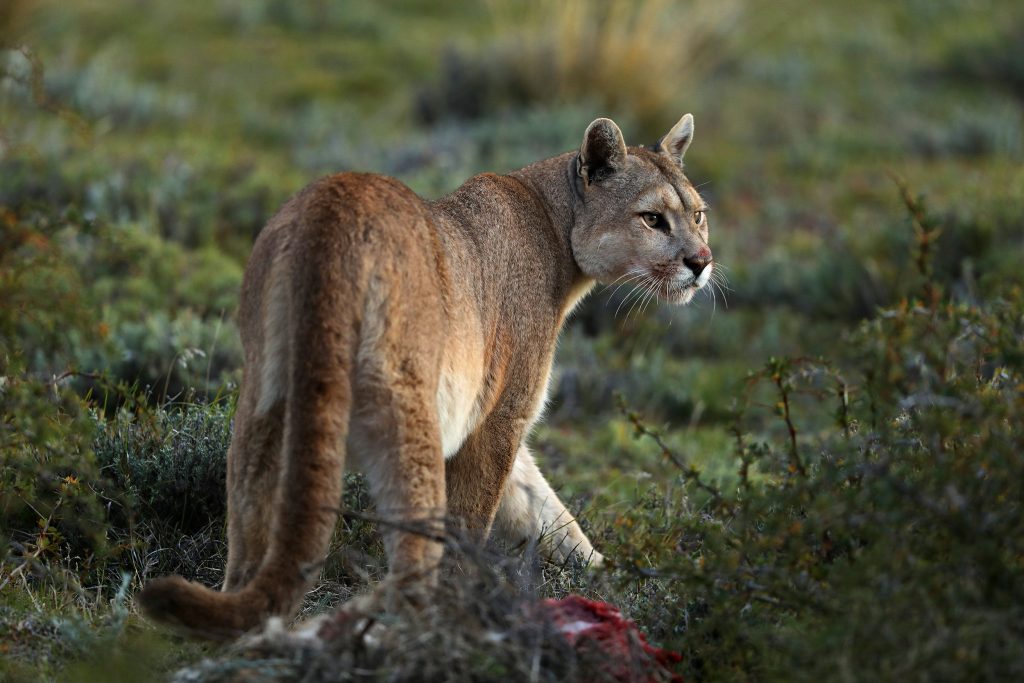
Patagonia Puma Tracking South Quest Safaris
The South American cougar ( Puma concolor concolor ), also known as the Andean mountain lion [4] or puma, [5] is a cougar subspecies occurring in northern and western South America, from Colombia and Venezuela to Peru, Bolivia, Argentina and Chile. [6] Taxonomy

Alli's Alley Wildlife Wednesday Puma Concolor
published 29 July 2014 Portrait of an adult male puma, with a GPS collar. (Image credit: Mark Elbroch) The puma is the big cat of the Americas. At one time, it ranged from the Yukon in Canada.

Cougar (Puma concolor) portrait, captive, Andes, Peru, South America stock photo OFFSET
Almost half of puma diets comprised medium‐sized species in South America as compared to North America, where over half of puma diets comprised large species, with medium‐sized prey accounting for less than a fifth of the species' diets (Figure (Figure1), 1), although we acknowledge that smaller prey may possibly be overestimated in.
Cougar (Puma concolor) portrait, captive, Stock Photo
South American Cats. The Central and South American wild cat family consists of nine small wild cat species. The Cougar, or Puma as it is more usually known in South America, ranges from the Yukon in northern Canada to the southern tip of the South American continent. Click on the names below the photos to read our South American cats fact sheets.

PUMAS IN PATAGONIA Sebastian Kennerknecht PhotographySebastian Kennerknecht Photography
Members of the genus Puma are primarily found in the mountains of North and South America, where a majority of individuals can be found in rocky crags and pastures lower than the slopes grazing herbivores inhabit.
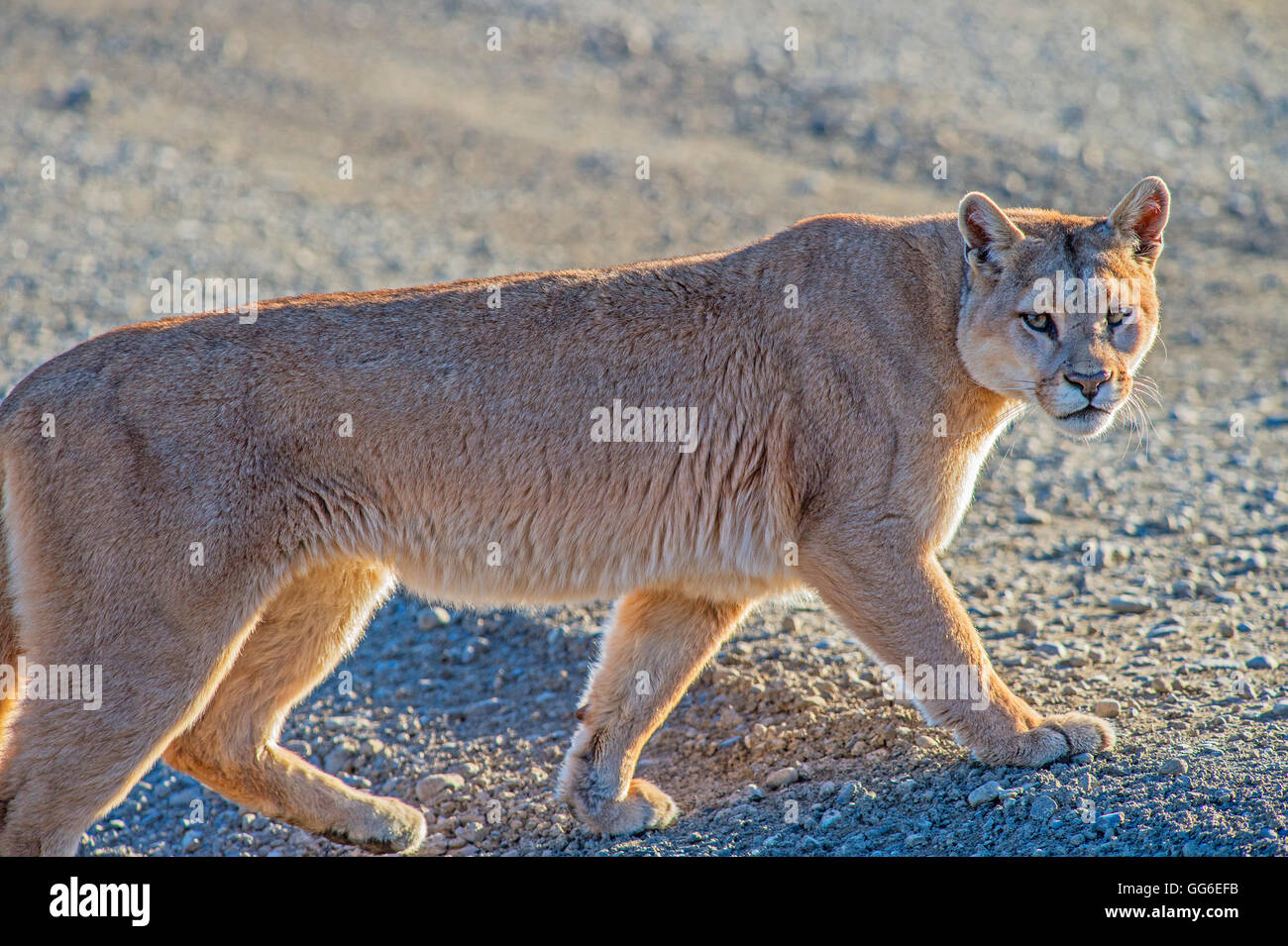
Puma (Puma concolor) (wild puma), Patagonia, Chile, South America Stock Photo Alamy
The Puma, Puma concolor (Linnaeus, 1771), is among the most important predators in the Neotropics (Estrada-Hernández 2008;González-Maya et al. 2019b;Pacheco-Jaimes et al. 2018), and considered.
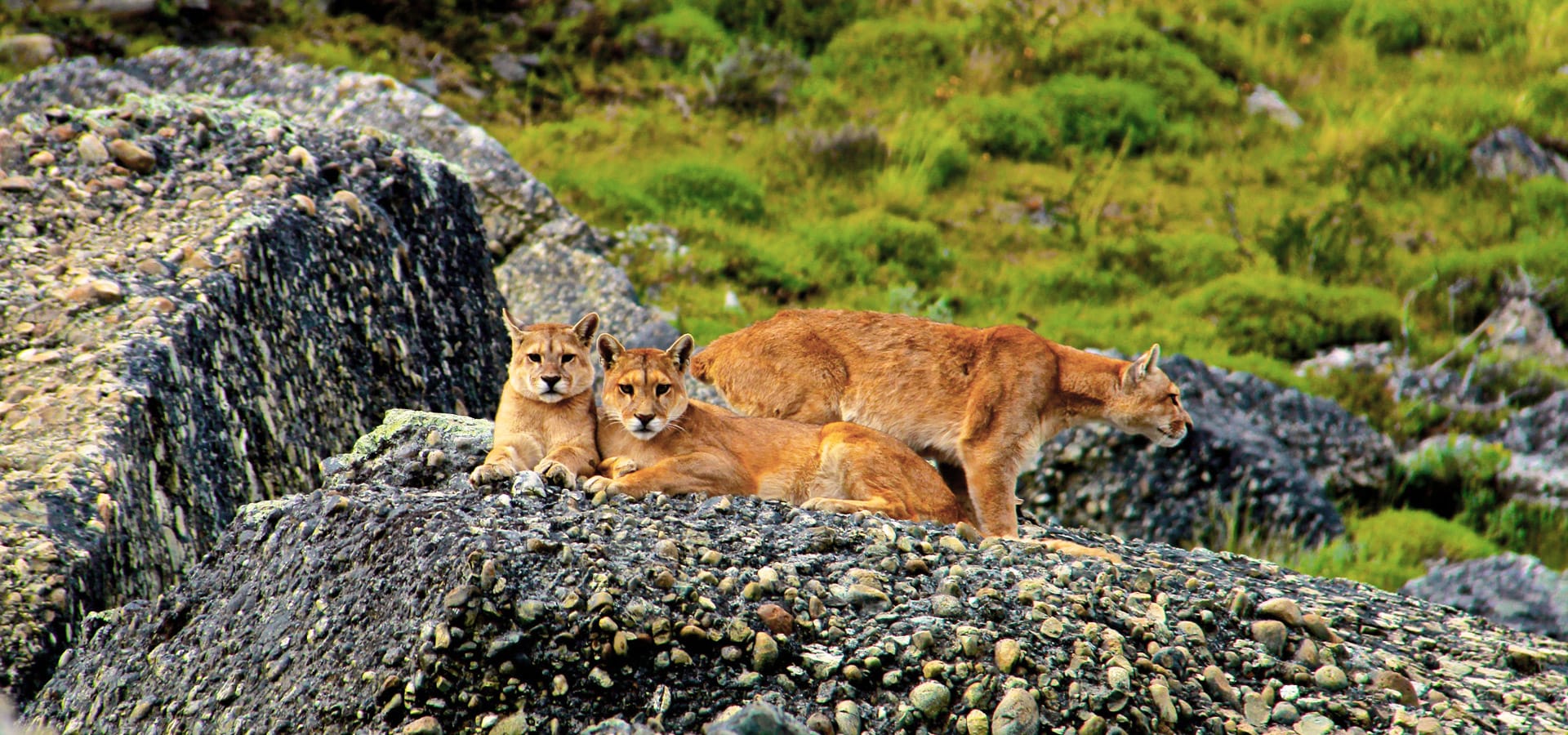
Patagonia Puma The South American Pumas in Patagonia
The Puma concolor or the mountain lion is one of the biggest wild cats found in the Americas. The cougar has a wide range stretching from Yukon in Canada to the South American Andes. The species can adjust to a wide variety of habitats in its range including all types of forests and even mountainous desert habitats.

South American cougar (Puma concolor concolor)
18 October 2019 Puma genomes from North and South America provide insights into the genomic consequences of inbreeding Nedda F. Saremi, Megan A. Supple, Ashley Byrne, James A. Cahill, Luiz.

Photo Southern South American Cougar Puma concolor puma
Features: Great agility. Sight, smell and hearing are greatly developed. Carnivorous animal; prefers to hunt at night, journeying over 50km each time. Food Habits: They prey on birds (like upland geese and lesser rheas) and all mammals from rodents to Guanacos. Puma Tracking in Patagonia:
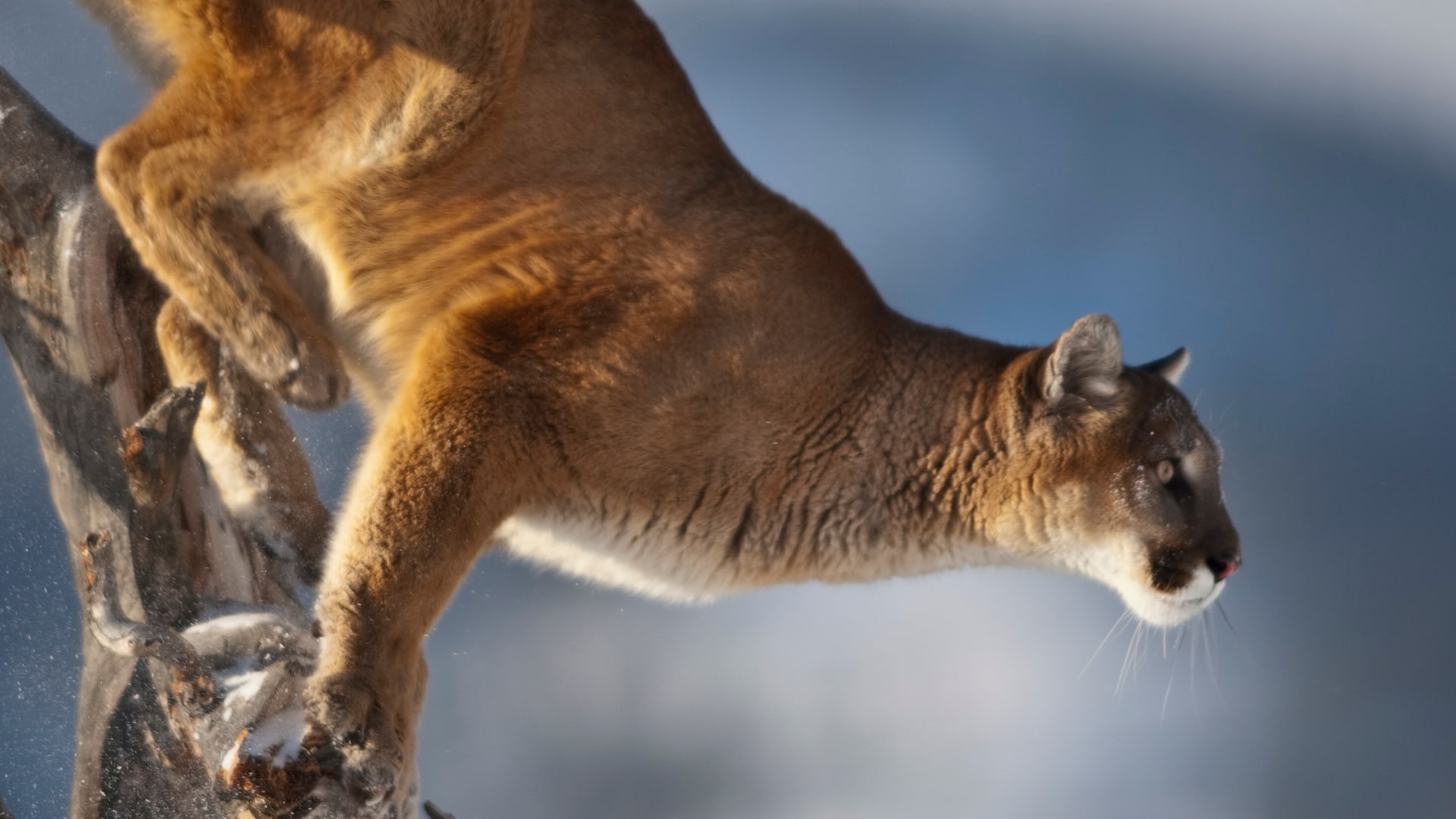
Puma impact story Luxury African Safaris,South America & South Asia ToursandBeyond
The puma is a member of the Felidae family and is the largest predator in Patagonia. Females weigh 110 pounds while the larger male weighs approximately 176 pounds, and they are generally between 10 to 12 feet in length. Pumas have a rounded head with erect ears and strong jaws for clutching prey.
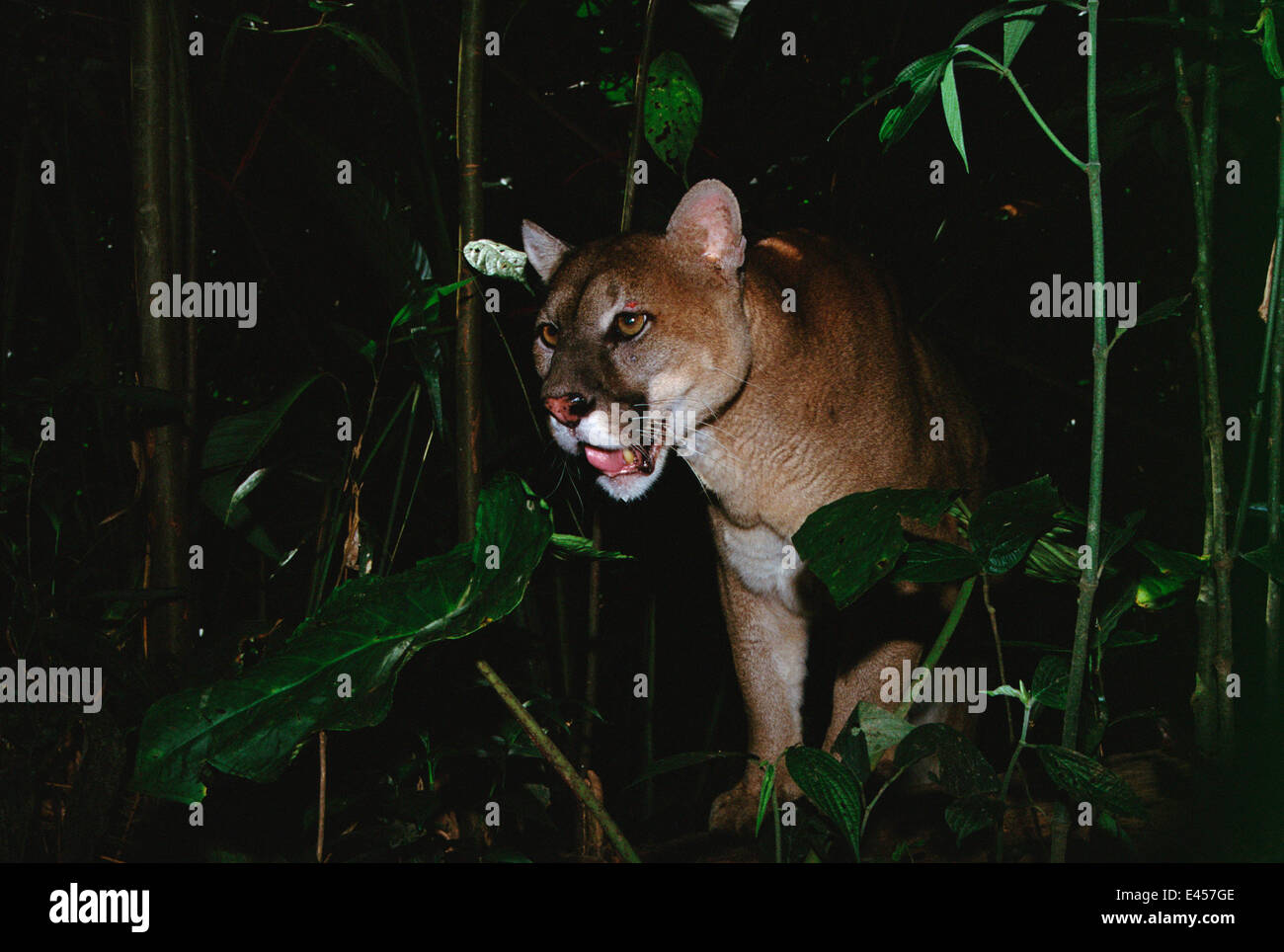
Puma in rainforest, Amazon Ecuador, South America Stock Photo Alamy
Puma Scientific Name Felis concolor Read our Complete Guide to Classification of Animals. Puma Conservation Status Least Concern Puma Locations Central-America North-America South-America Puma Facts Prey Rats, Deer, Sheep Name Of Young Cub